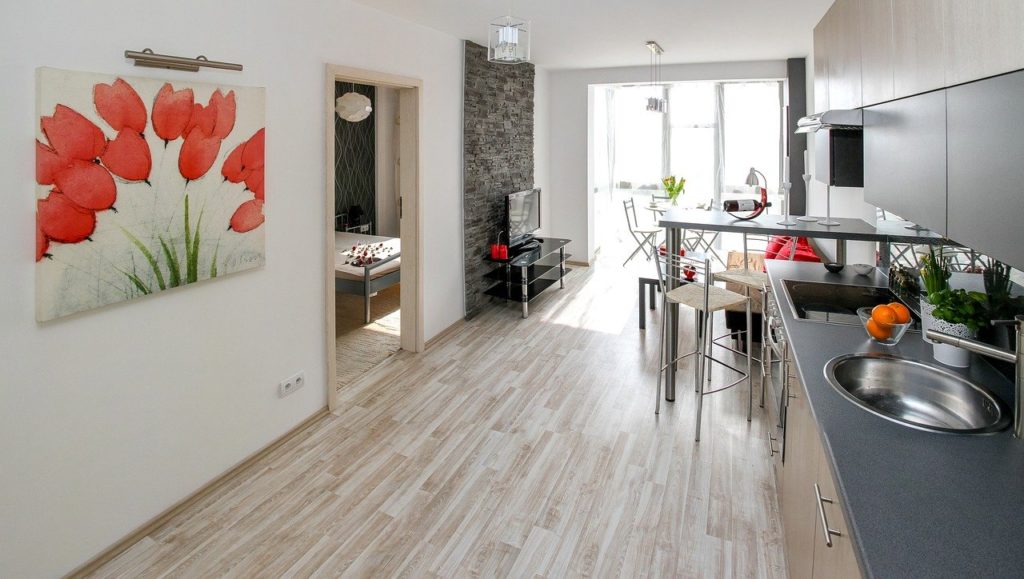Design for a Lifetime

Most prospective home buyers look for a house that fits their needs at the time of the purchase. Not every house is equipped with the universal design features necessary to keep homeowners safe as they age, though. If your home is not already designed for aging in place, you may want to consider remodeling two key areas of your home’s interior to put these changes in place before you need them.
Kitchen
The kitchen often serves as the heart of the home. Even if you don’t mean to
host guests next to your service island, it still seems to be where people tend
to congregate. As you get older, you want to make sure that your kitchen
maintains its usefulness. Start with making sure that the doorways are at least
36 inches wide. This allows a person in a wheelchair or someone using a walker
to navigate the space more easily. Likewise, you want to make sure there is
enough space between your cabinets that multiple people can work in the kitchen
at the same time. Universal design features such as pull-out bins and work
surfaces with open space underneath them also make the room more accessible and
thus more conducive to aging in place.
Bathroom
The bathroom is notorious as a location for frequent slips and falls, but there
are several upgrades you can add to limit your risk. Warming floor tiles are
just pleasant for your bare feet on cold mornings. They also help any water on
the floor evaporate more quickly so that the floor is less slippery. Grab bars
should be placed near the toilet, above the bathtub and inside the shower to
assist with balance. An open space under the vanity leaves plenty of room for
people to sit in a chair or a wheelchair comfortably as they face the mirror.
The beauty of the universal design is that it keeps the space usable for everyone. It’s never too soon to hire a contractor to begin your remodeling project.
